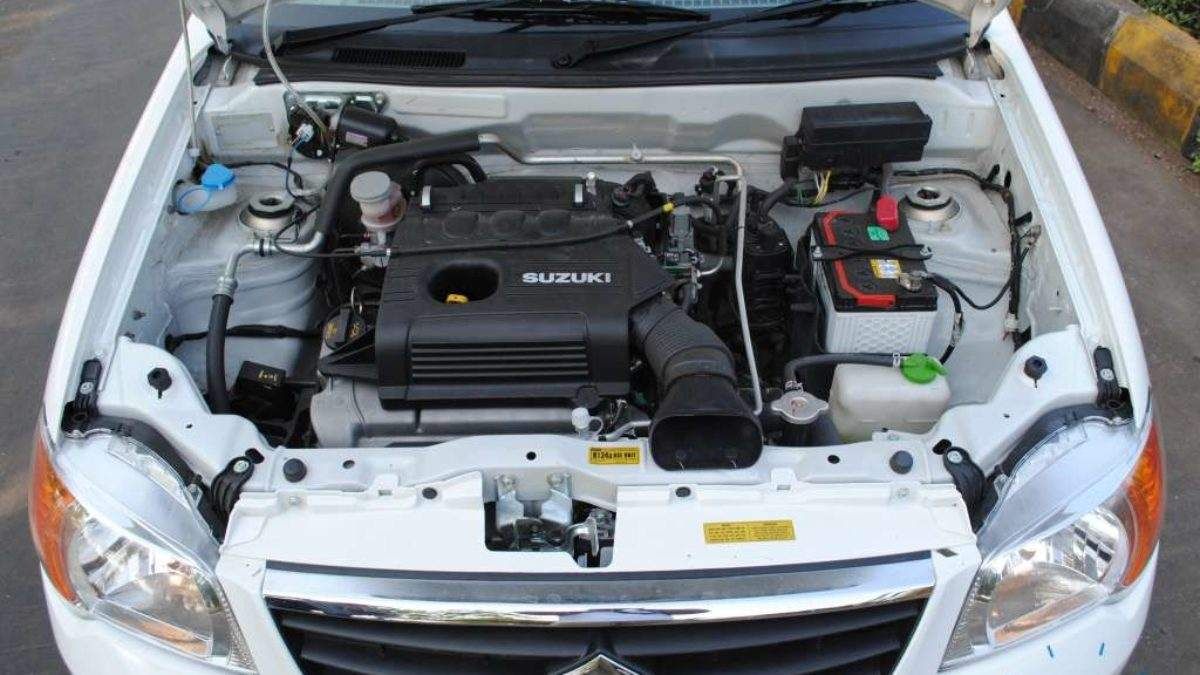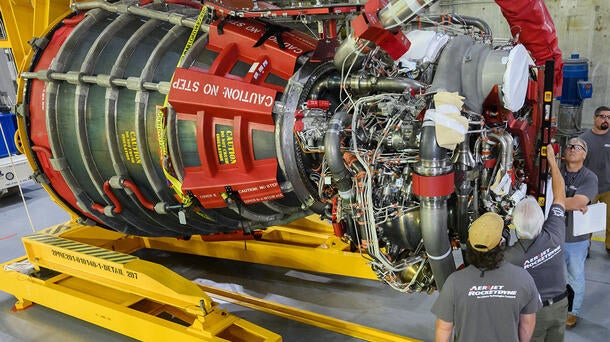The Mission for Ultimate Driving Power: Investigating the Pinnacle of Engine Performance and Technological Innovations in the Automotive Field
In the world of vehicle engineering, the pursuit of optimum driving power has actually been a ruthless quest that has actually unravelled through the evolution of engine layout and the combination of advanced innovations. From the meticulous craftsmanship of burning engines to the fast developments in electrical propulsion systems, the vehicle industry stands at the cusp of a brand-new period defined by unprecedented efficiency abilities. As designers and researchers dive deeper right into the realms of computational liquid dynamics and discover ingenious gas innovations, the perspective of possibilities increases significantly. Keep tuned as we decipher the intricate tapestry of technological innovations that are shaping the future of auto power and performance.
Advancement of Engine Style

Furthermore, the combination of turbocharging and turbo charging innovations has actually revolutionized engine design by enhancing power without substantially enhancing engine dimension. These forced induction systems compress the intake air, enabling more gas to be ignited, thus producing greater power output from a smaller engine. This improvement has actually been especially important in boosting the efficiency of smaller sized variation engines while preserving gas performance standards.

Performance-Enhancing Gas Technologies
The execution of advanced gas technologies has actually substantially contributed to improving engine performance in contemporary lorries. From standard gasoline and diesel to cutting-edge biofuels, synthetic fuels, and hydrogen, the auto industry is observing a transformation in gas options. Biofuels, obtained from eco-friendly sources like sugarcane, algae, or corn, deal decreased discharges and boosted engine performance. Synthetic fuels, created with chemical procedures, offer high octane scores, enhancing power result. Hydrogen gas cells, although still in the beginning of fostering, reveal great guarantee because of their zero-emission nature and capacity for high performance. Furthermore, fuel additives and cleaning agents are being created to tidy engine parts, optimize burning, and reduce rubbing, thereby increasing general automobile efficiency. With continuous r & d, the mission for the utmost driving power proceeds, as designers aim to open the full capacity of performance-enhancing fuel innovations in the automobile industry.
Developments in Electric Propulsion
Significant strides in electrical propulsion innovation have actually reinvented the automotive market, leading the way for a new age of reliable and sustainable transport. Electric cars (EVs) are obtaining popularity as a result of their environmental benefits and advancements in battery innovation, making it possible for longer driving varieties and much shorter billing times. Suppliers are investing greatly in r & d to improve the efficiency of electric propulsion systems, concentrating on raising power output, enhancing power performance, and minimizing total weight.
One remarkable breakthrough in electric propulsion is the advancement of sophisticated electric motors that deliver higher torque and power thickness, causing boosted velocity and total driving efficiency. Furthermore, regenerative braking systems have actually been refined to keep and catch energy throughout slowdown, additional improving the efficiency of EVs.
Moreover, the combination of wise innovations, such as expert system and anticipating analytics, is enhancing the administration of electric propulsion systems, ensuring optimum performance under various driving problems. These innovations in electrical propulsion are reshaping the auto landscape, driving the market towards a much more sustainable and electrified future.
Influence of Computational Fluid Characteristics
With improvements in electric propulsion pushing the limits of automobile technology, the combination of Computational Liquid Characteristics is playing a critical duty in enhancing wind resistant performance and you could try here boosting general efficiency in automobile design. Computational Liquid Characteristics (CFD) includes using computer simulations to assess the flow of air around a lorry, making it possible for engineers to anticipate how style adjustments will affect aerodynamics without the requirement for pricey physical prototypes. By precisely modeling air movement patterns, CFD enables the improvement of lorry shapes to minimize drag, boost cooling, and enhance stability.
One trick benefit of using CFD in lorry design is the ability to iterate swiftly, exploring many layout variants to identify the most aerodynamically reliable options. This iterative process causes automobiles that are not just sleeker and a lot more visually attractive yet additionally more ecologically friendly and fuel-efficient. In addition, CFD makes it possible for designers to maximize airflow around components such as radiators, engine bays, and wheel wells, adding to improved performance and overall driving experience. In conclusion, the combination of Computational Fluid Dynamics represents a significant step forward in the pursuit for best driving power and performance in the vehicle market.
Future Patterns in Engine Advancement
In the vibrant landscape of vehicle engineering, advanced developments are shaping the future trajectory of engine technology. The future of engine layout is noted by a strong emphasis on efficiency, sustainability, and efficiency. Makers are progressively concentrating on developing engines that not only deliver high power outputs but likewise prioritize ecological obligation by improving and lowering exhausts gas effectiveness.
One popular trend in engine advancement is the surge of electrification. Hybrid and electric powertrains are gaining traction as feasible choices to typical combustion engines. These innovations offer the potential for substantial decreases in carbon exhausts and boosted energy performance, straightening with global efforts to fight climate modification.
In addition, developments in materials science and manufacturing methods are making it possible for the manufacturing of lighter and extra durable engine components. This shift towards lightweight products such as carbon fiber and light weight aluminum alloys adds to boosted efficiency and gas economy.
Conclusion
Finally, her comment is here the pursuit of ultimate driving power in the automotive sector proceeds to drive innovations in engine design, gas modern technologies, electrical propulsion, and computational fluid dynamics. The evolution of these modern technologies is forming the future of engine advancement, leading the way for more efficient and effective vehicles (engines for africa). As the sector remains to push the borders of what is feasible, we can expect to see also extra revolutionary advancements in the quest for peak performance
One of the vital landmarks in engine style development is the transition from traditional carbureted engines to modern-day fuel-injected systems. By precisely metering the gas distribution go to these guys to each cylinder, fuel-injected engines maximize burning, resulting in better efficiency and minimized ecological effect.
Additionally, the assimilation of turbocharging and supercharging modern technologies has revolutionized engine style by boosting power without considerably enhancing engine dimension (engines for africa).The application of innovative fuel modern technologies has substantially added to improving engine efficiency in modern cars. In addition, fuel additives and cleaning agents are being formulated to clean engine parts, optimize combustion, and minimize rubbing, thereby enhancing overall car efficiency